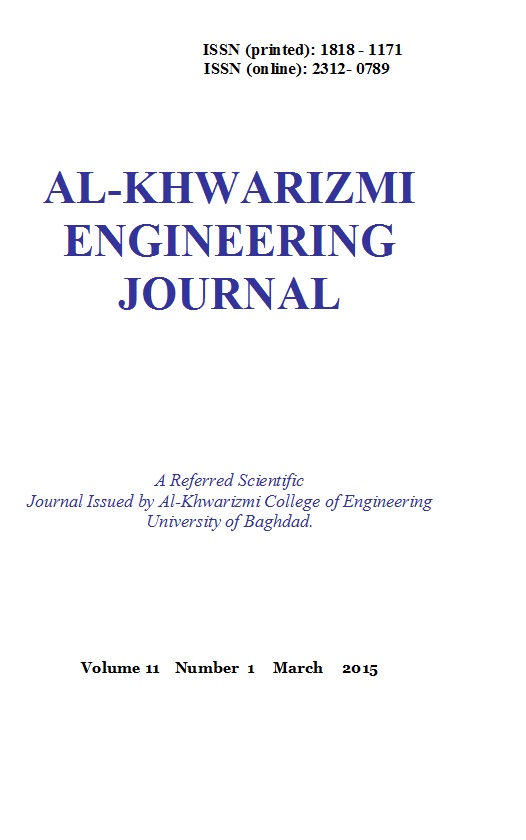Thermal Field Analysis of Oblique Machining Process with Infrared Image for AA6063-T6
Keywords:
Infrared, Deform-3D, tool obliquity, turning.Abstract
Abstract
Metal cutting processes still represent the largest class of manufacturing operations. Turning is the most commonly employed material removal process. This research focuses on analysis of the thermal field of the oblique machining process. Finite element method (FEM) software DEFORM 3D V10.2 was used together with experimental work carried out using infrared image equipment, which include both hardware and software simulations. The thermal experiments are conducted with AA6063-T6, using different tool obliquity, cutting speeds and feed rates. The results show that the temperature relatively decreased when tool obliquity increases at different cutting speeds and feed rates, also it is found that the mean tool rake face temperature distribution decreases with increase of tool obliquity. The result also show that the maximum error between the predicted and measured temperatures by IR camera was between 6-27 °C.
Keywords: Infrared, Deform-3D, tool obliquity, turning.
Downloads
Published
Issue
Section
License
Copyright: Open Access authors retain the copyrights of their papers, and all open access articles are distributed under the terms of the Creative Commons Attribution License, which permits unrestricted use, distribution, and reproduction in any medium, provided that the original work is properly cited. The use of general descriptive names, trade names, trademarks, and so forth in this publication, even if not specifically identified, does not imply that these names are not protected by the relevant laws and regulations. While the advice and information in this journal are believed to be true and accurate on the date of its going to press, neither the authors, the editors, nor the publisher can accept any legal responsibility for any errors or omissions that may be made. The publisher makes no warranty, express or implied, with respect to the material contained herein.












